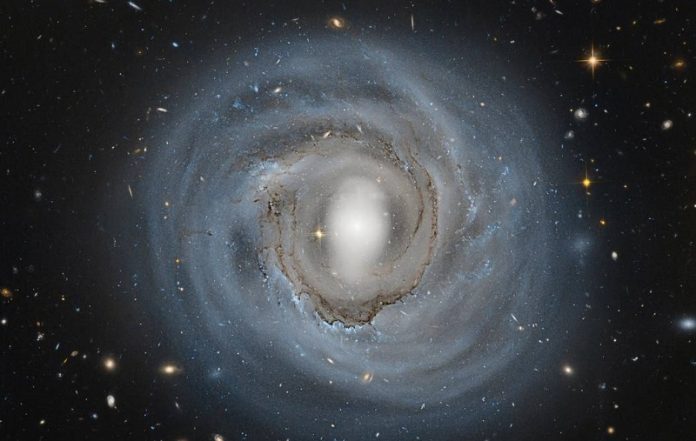
The fossil, which was uncovered via a systematic visual search of legacy survey images using the Mayall 4-metre telescope, led by Dr David Martinez Delgado, could teach scientists about how galaxies form and confirm their understanding of cosmology and dark matter.
Dr Michelle Collins, an astronomer at the University of Surrey, UK and lead author of the paper announcing this discovery said:
“We have found a new, extremely faint galaxy whose stars formed very early in the history of the Universe.
This discovery marks the first time a galaxy this faint has been found around Andromeda using an astronomical survey that wasn’t specifically designed for the task.”
Named ‘Pegasus V,’ the dwarf galaxy is located on the outskirts of Andromeda and appears as just a few sparse stars hidden in the sky.
The discovery was made in collaboration with NSF NOIRLab and the International Gemini Observatory.
Emily Charles, a PhD student at the University of Surrey who was also involved in the study said:
“The trouble with these extremely faint galaxies is that they have very few of the bright stars which we typically use to identify them and measure their distances.
Gemini’s large 8.1-metre mirror allowed us to find faint, old stars which enabled and allowed us to both to measure the distance to Pegasus V and to determine that its stellar population is extremely old.”
More astronomical facilities are looking into researching faint galaxies in the near future.
The discovery was reported in “Pegasus V — a newly discovered ultra-faint dwarf galaxy on the outskirts of Andromeda” and published in Monthly Notices of the Royal Astronomical Society.



